Just off the coast of Marseille, in France, stands the Château d’If, a stone sentinel that has left its mark on history as well as literary accounts. A symbol of strength, oppression and resistance, the Château d’If has guarded the port of Marseille since the 16th century!
Through the ages, the Château d’If has had many incarnations: military fortress, feared state prison and, finally, heritage jewel. Immortalized in Alexandre Dumas’ literary work “The Count of Monte Cristo”, this impenetrable bastion has captivated the collective imagination, becoming much more than a simple stone edifice. And while its walls have many stories to tell, the Château d’If remains a lively place, regularly hosting exhibitions and cultural events.
What is the history of the Château d’If? How do you get there? And what can you see? Find out in this article!
This article was produced in collaboration with the Centre des monuments nationaux.
Summary
The history of the Château d’If
In 1516, after his victory at Marignan, François I stopped off in Marseille and realized that there was nothing to protect the city against a potential invasion. To compensate for this weakness, he ordered the construction of a fortress on the island of If, but the work was delayed: the Marseillais, who had joined the Kingdom of France in 1481, were still very much opposed to the authority of the French king, and did not rush the construction of this new fortress, which they nicknamed “la Malvoisine”. The castle was finally completed in 1531.
A famous rhinoceros 🦏
Even before the château was built, King Emmanuel of Portugal wished to present Pope Leo X with a rhinoceros. The ship carrying the animal called at Marseille for a few weeks, and the rhinoceros was deposited on the Ile d’If. The rhinoceros became the center of attention, and people flocked to the island to observe it – so much so that even King Francis I made the trip, discovering If’s defensive potential!
Albrecht Dürer also based his famous engraving on a sketch of this rhinoceros by an unknown artist:

The Château d’If has a relatively basic shape, a 28-metre square flanked by three towers. Much feared, the castle fulfilled its deterrent function to perfection: in 1536, when Charles V attempted to take the city of Marseille, he attacked the castle, but finally opted for the land route.
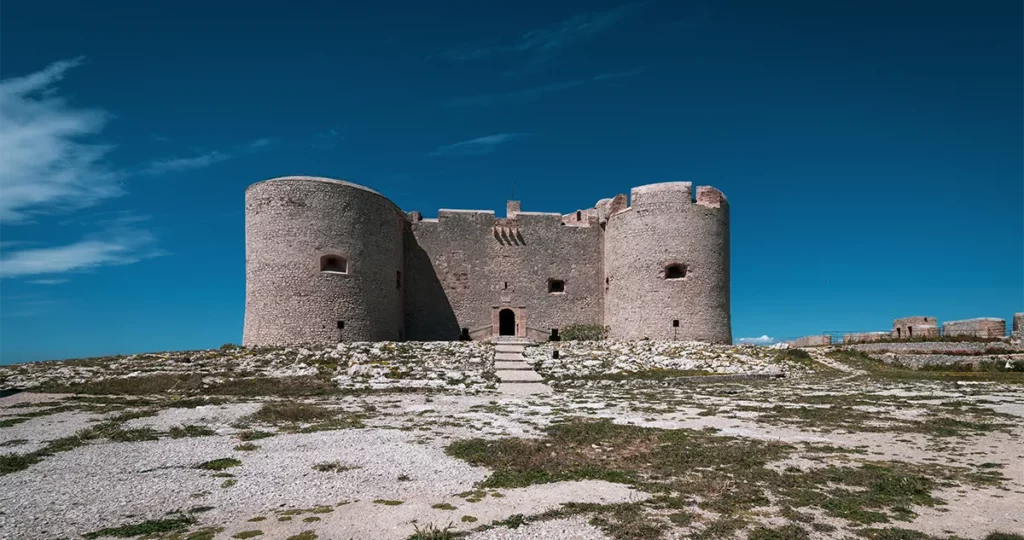
As early as 1540, it was decided to turn this fortress into a prison with all the hallmarks of hell on earth: If became Marseilles’ Alcatraz. Prison conditions were terrible, hygiene deplorable, and the overcrowded conditions gave inmates a life expectancy of just nine months.
However, not all residents of the Château d’If are on the same footing, as the more fortunate are able to soften their detention conditions with individual cells, sometimes with fireplaces.
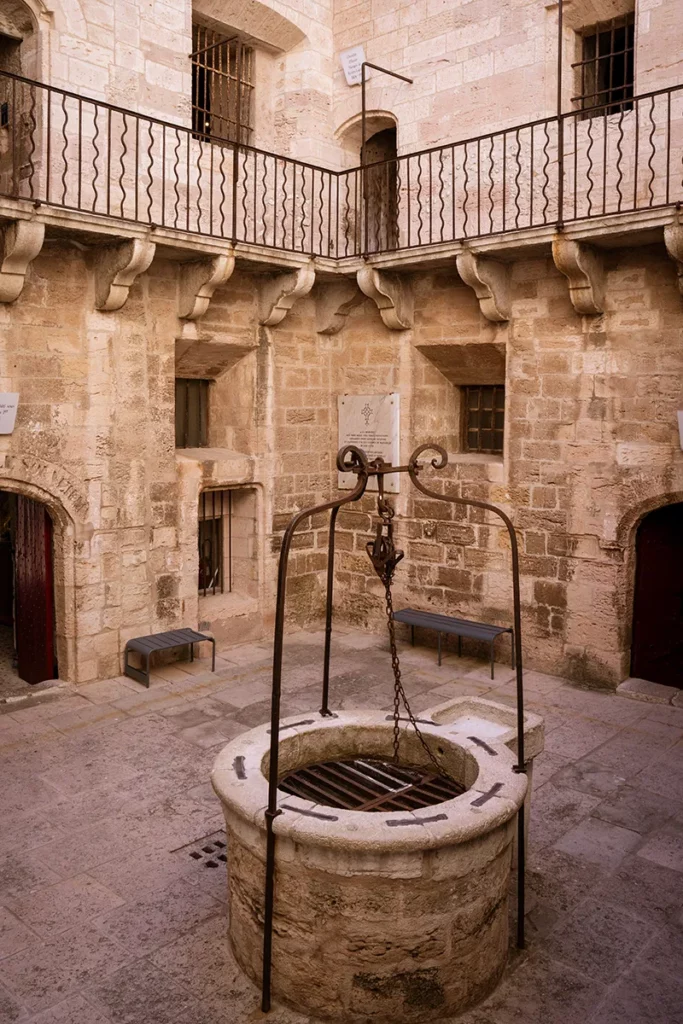
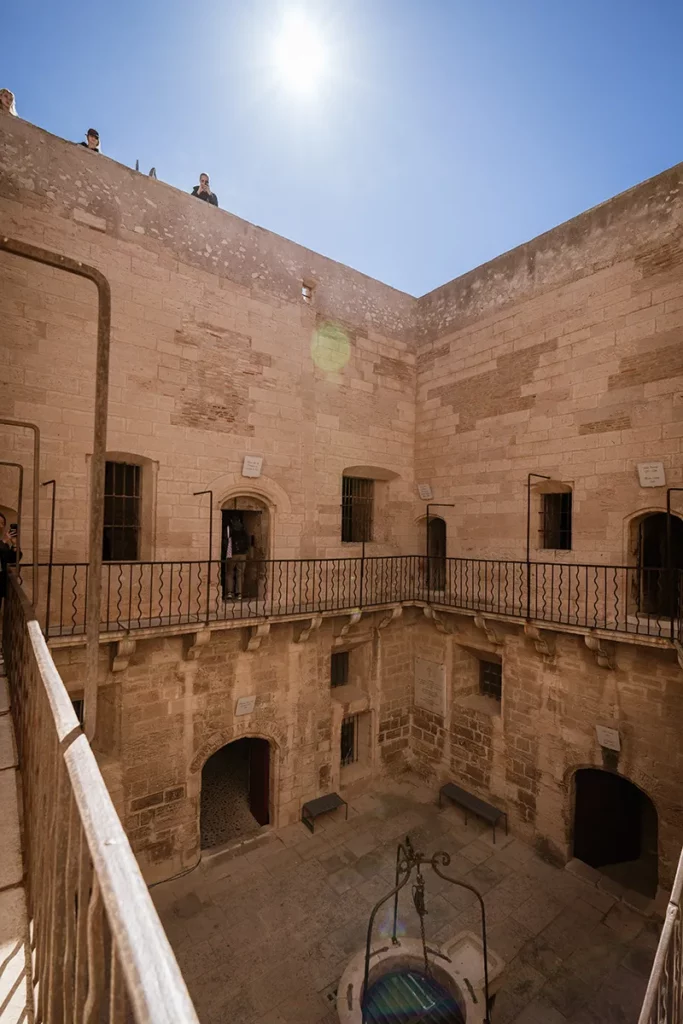
Famous inmate…
The most famous prisoner at the Château d’If is probably the Comte de Mirabeau, incarcerated in the dreadful fortress at the request of his father, who reproached him for his libertine behavior… But his imprisonment didn’t dampen his spirits, as he succeeded in seducing the only woman in the castle: the canteen maid!
Château d’If remained a prison until the end of the 19th century, when it was quickly opened to the public in 1890. It only regained its prison function during the First World War. Under the aegis of the Ministry of Defense until 1994, the Château d’If has since been placed under the supervision of the Ministry of Culture, which has entrusted its management to the Centre des monuments nationaux.
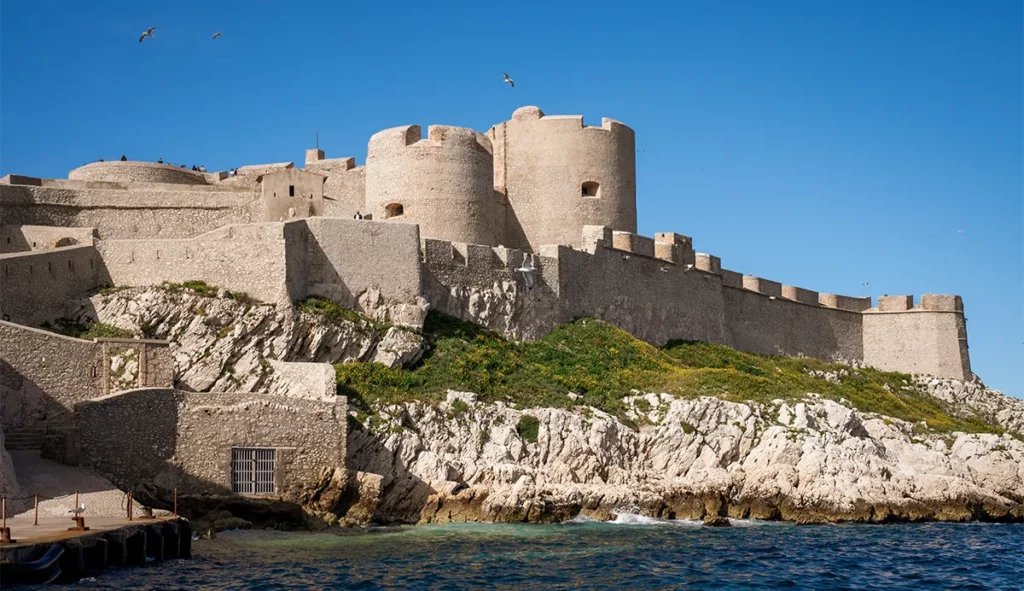
A castle steeped in the legend of the Count of Monte Cristo
The Château d’If is surrounded by legends. The most famous is the one that made the Château d’If world-famous. Alexandre Dumas made If the terrible prison of Edmond Dantès in his novel “The Count of Monte Cristo“. He describes the castle in the following terms:
Dantès (…) saw the black, craggy rock rising up, on which the dark Château d’If (…) rises like a super-station (…) (…) This strange shape, this prison around which reigns such profound terror, this fortress (…) had the effect on him that the appearance of the scaffold has on a condemned man.”
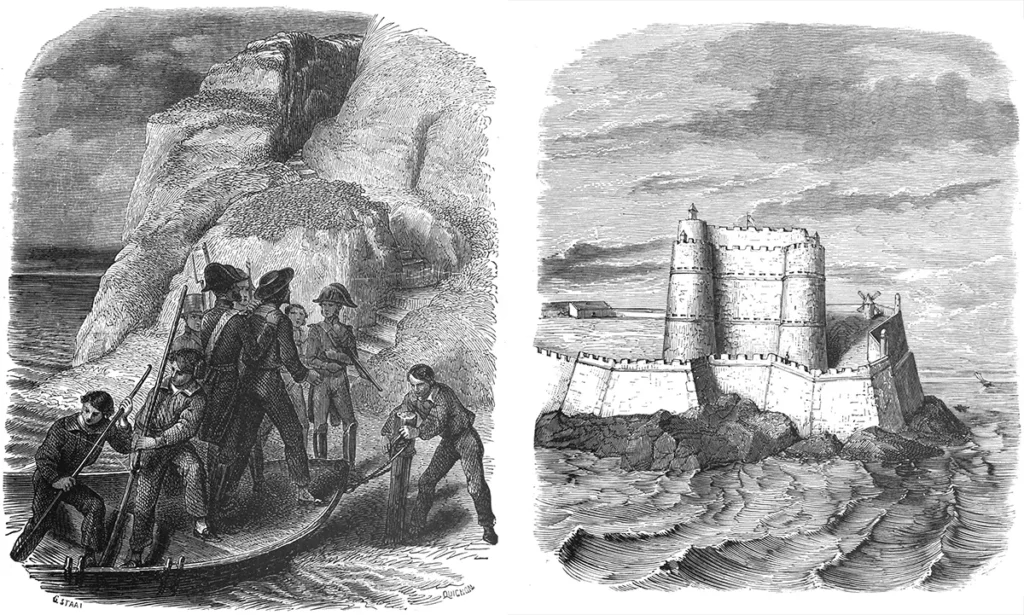
During his fifteen years of captivity at the Château d’If, Edmond Dantès met and gained the trust of Abbé Faria, who confided in him the existence of the Spada treasure buried on the island of Montecristo. When the Abbé died, Edmond Dantès took his place in the sack in which dead prisoners were locked before being thrown into the sea. Once in the water, Dantès managed to extricate himself from the sack and swim ashore, before setting off in search of the treasure that would make him the Count of Monte Cristo!
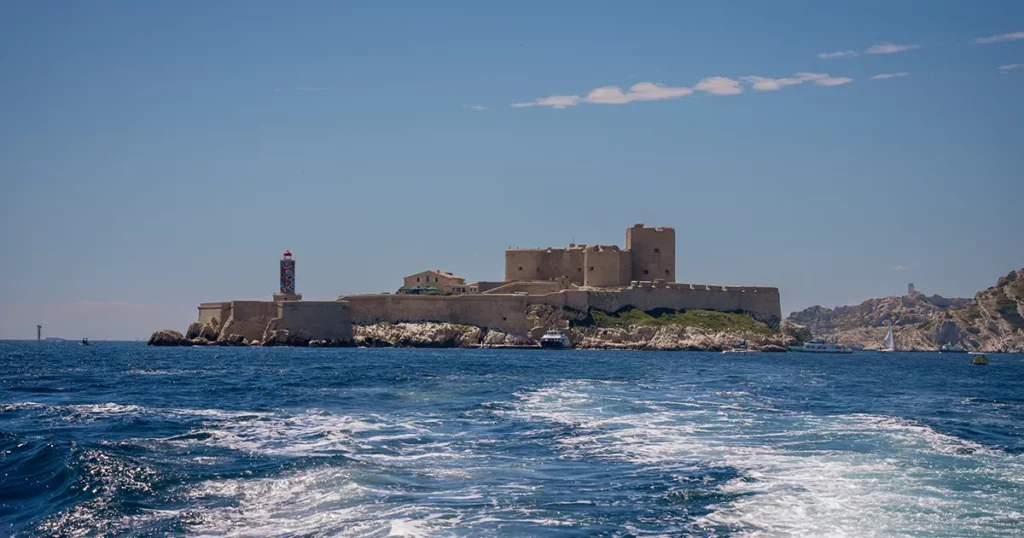
Visit the Château d’If
A visit to the Château d’If is nothing like visiting any other monument. Situated on an island, access to the château is by boat, promising a delightful change of scenery! The crossing isn’t very long – about ten minutes is enough – but it depends on the weather. In case of bad weather, the castle is not open.

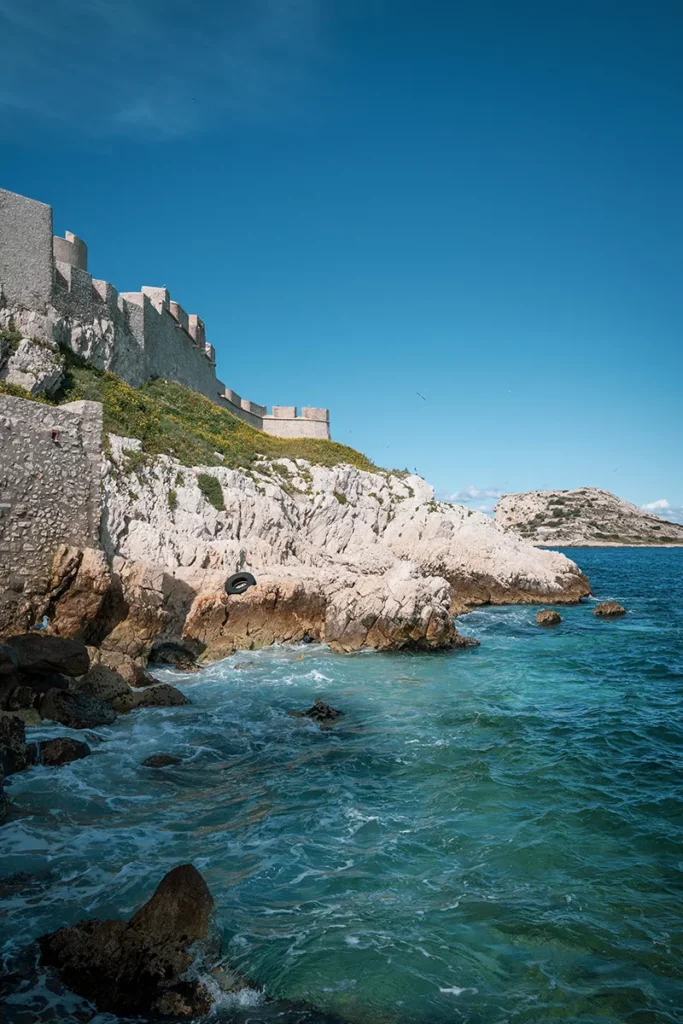
How do I get to the Château d’If?
To get to the château, you can take the Frioul If ferry from the Vieux Port (year-round) or the Calanques If ferry (April to October). The return crossing costs around €11.
Please note: the monument ticket does not include the crossing.
From the Château d’If, the view of the region is breathtaking. On a foggy day, you’ll see boats silhouetted against the fog. On a clear day, you’ll be treated to a panoramic view of the entire city of Marseille. And if you’re lucky enough to make the crossing at sunset, the “wow” effect is guaranteed!
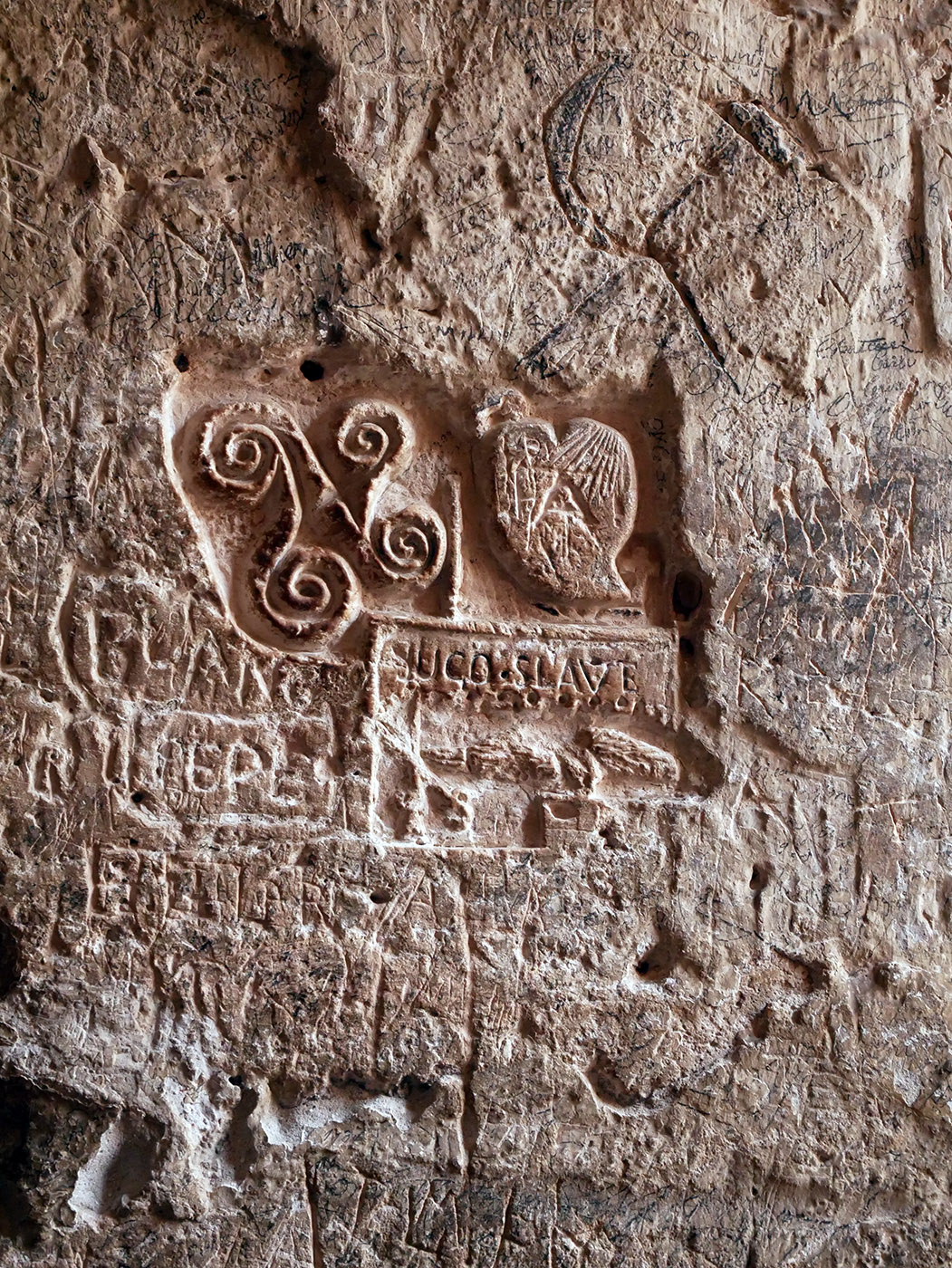
Graffiti by the hundreds
Over the centuries, the château has been “decorated” by its residents (prisoners, soldiers or 19th century visitors), who have left a trace of their stay at If in the stones of the monument. Today, they are part of the history of the site.
Great deal: a subscription for unlimited visits to 100 French monuments, alone or in pairs
Not only the Château d’If, but also many other monuments such as the Arc de Triomphe, the Sainte-Chapelle and the Abbey of Mont-Saint-Michel can be visited without limit with the Passion Monuments card. Valid for one year, it gives you unlimited access to almost 100 monuments throughout France, and offers many other advantages (discounts in stores and bookshops, access to a digital magazine, special days, etc.).
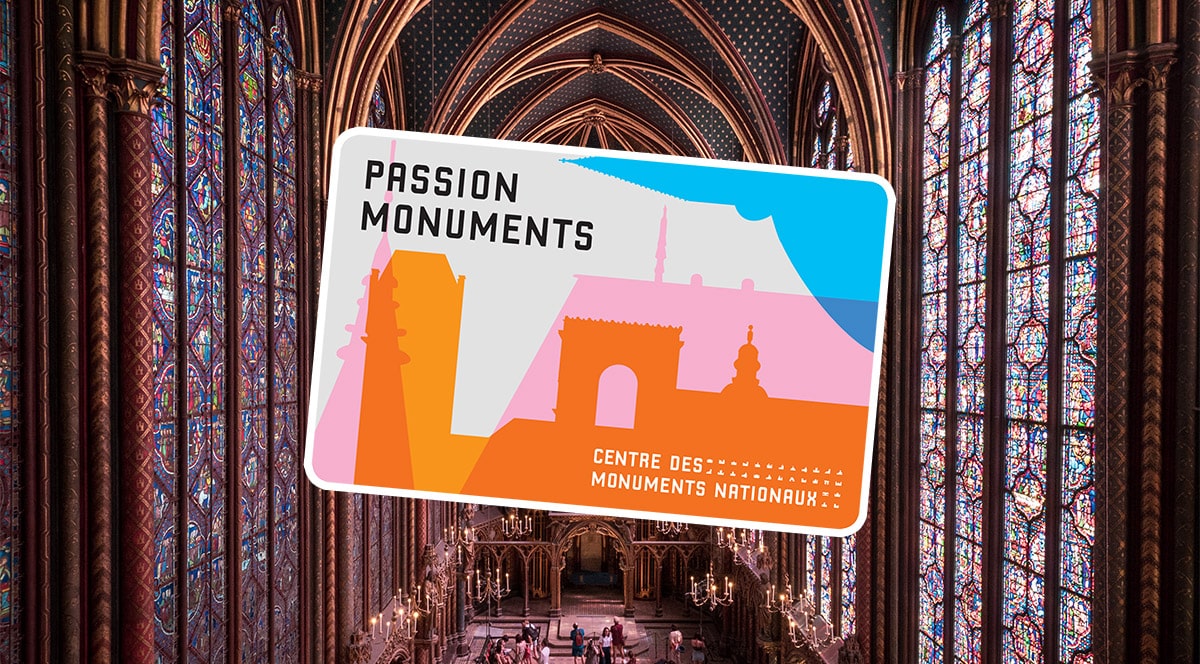
Temporary exhibitions
The Château d’If regularly hosts temporary exhibitions. Now, until September 22, 2024, artist Miguel Chevalier is taking over the monument. Miguel Chevalier has been using computers as a means of expression since 1978.
In If, he created “Flux Marins”, a colorful, graphic creation printed on canvas that covers the lighthouse and can be seen from afar! The shapes were generated by software and evoke the marine world, inseparable from the island of If.
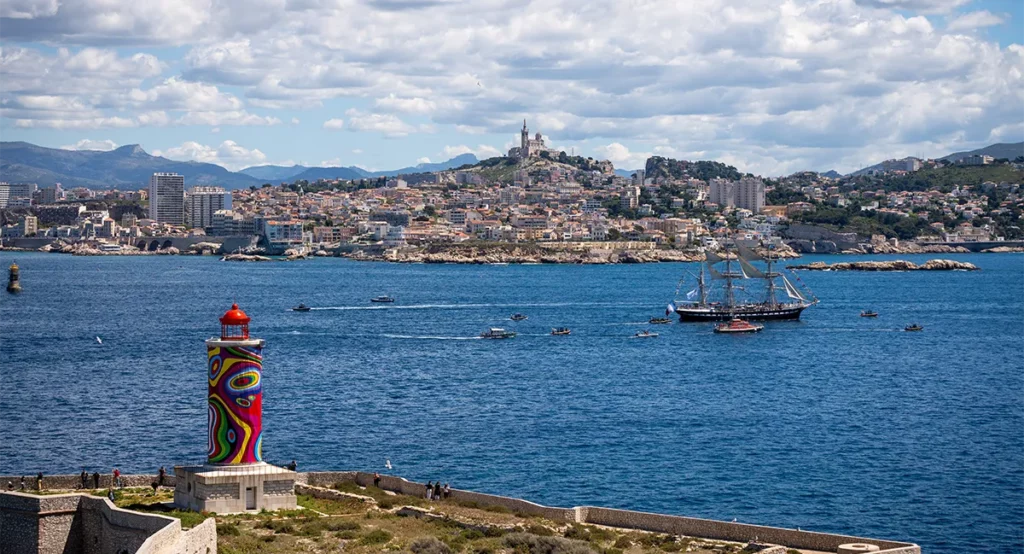

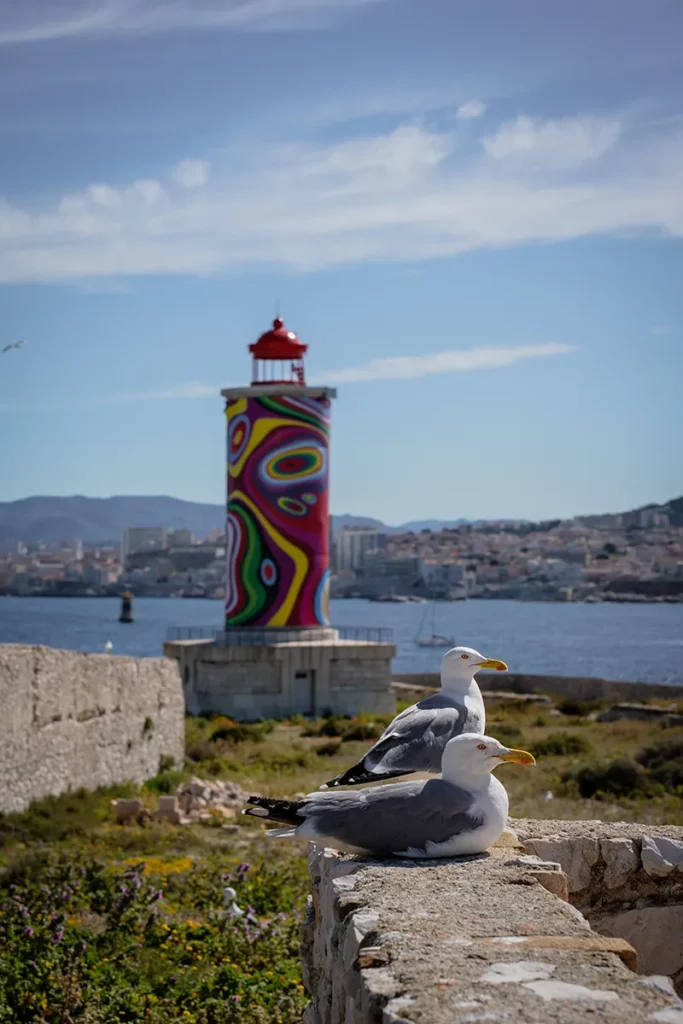
Inside the château, the “Digital Abysses” exhibition in various rooms evokes underwater flora and fauna with 3D-printed sculptures. On the second floor, projected onto a stone vault, you can also admire “Digital Plankton IA”, a virtual reality installation inventing shapes inspired by zooplankton and phytoplankton, echoing the underwater world.


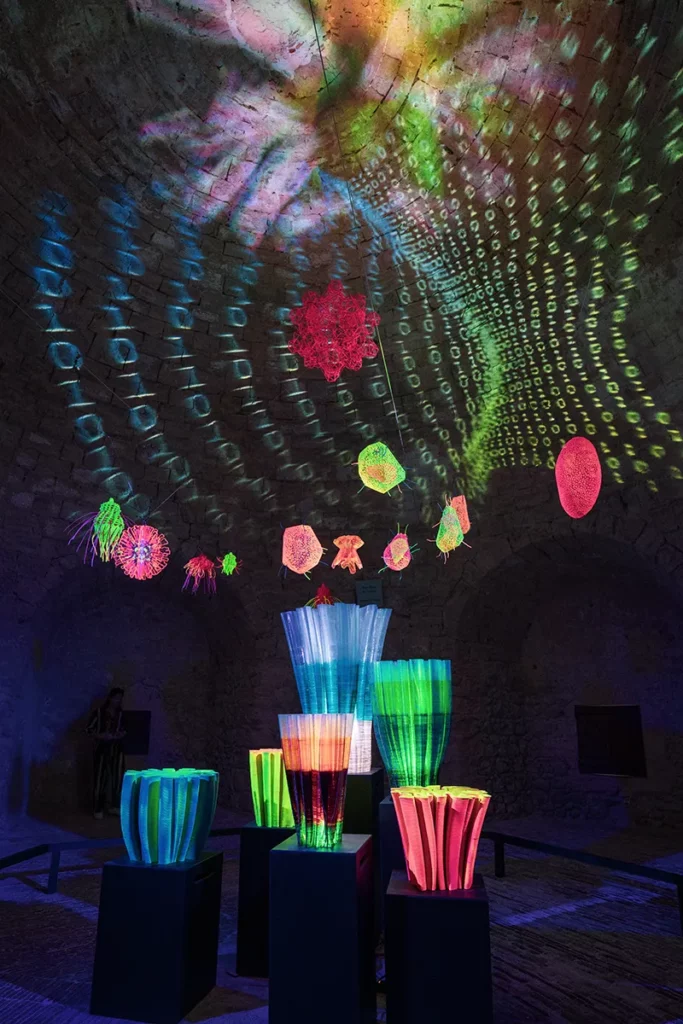
Practical information
Address :
Embarcadère Frioul If
1 quai de la Fraternité
Marseille (France)
Opening hours :
Every day except Mondays
10 am to 6 pm from April 1 to September 30
10 a.m. to 5 p.m. October 1 to March 31
In case of bad weather, the château is not open.
Website :
https://www.chateau-if.fr/
Price :
7 €
Free for children under 18
This article was produced in collaboration with the Centre des monuments nationaux.
All photographs illustrating this article are the property of Culturez-vous and may not be reused without written authorization.

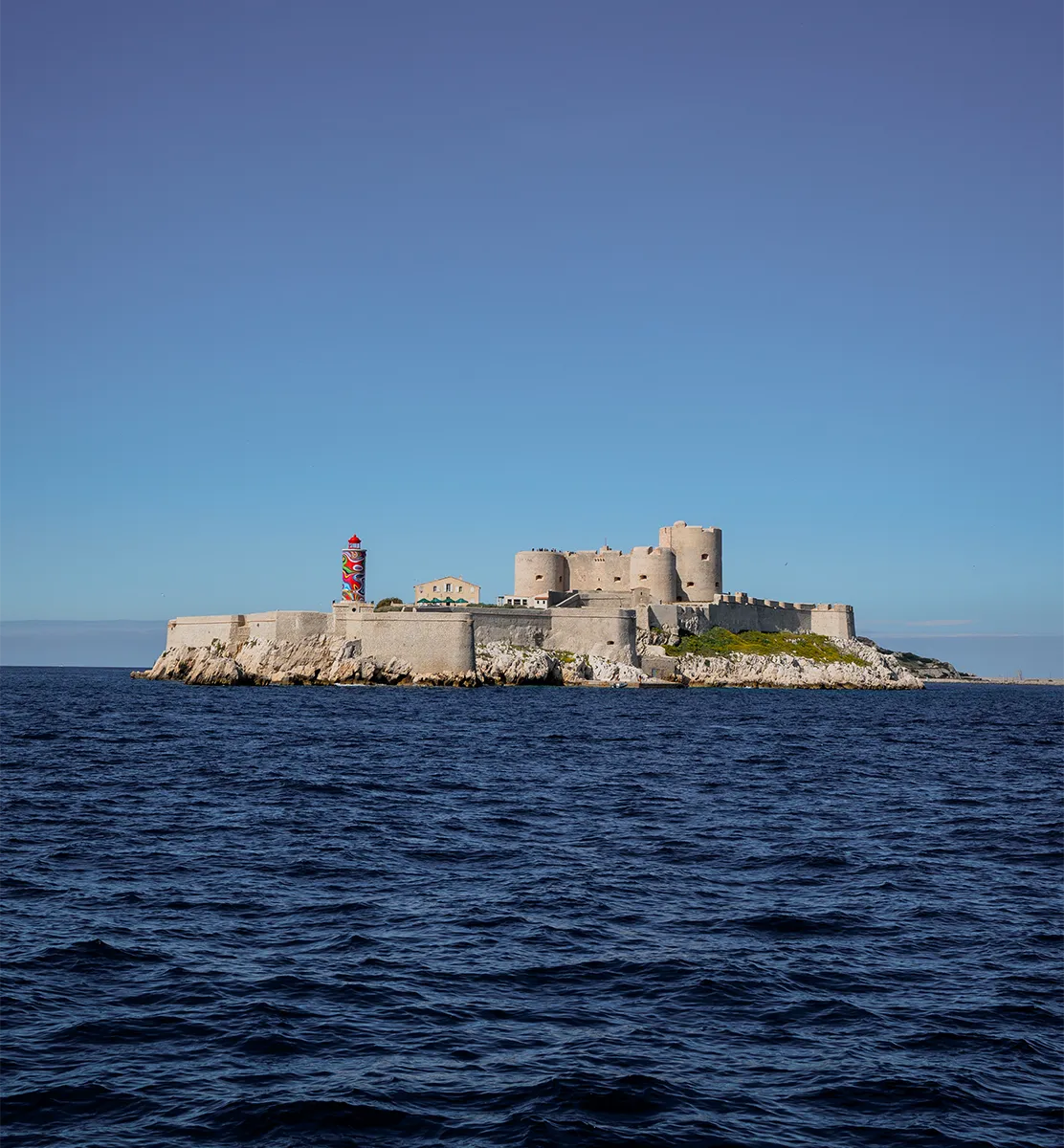



No Comments
Leave a comment Cancel